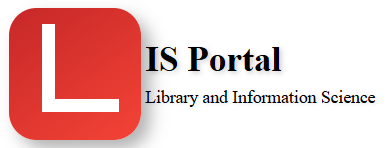Scopus Quiz
1. When was Scopus launched?
Answer: B) 2004
Scopus was launched in 2004 by Elsevier to compete with Web of Science.
2. Which of the following is NOT a journal evaluation metric used by Scopus?
Answer: C) Impact Factor
Scopus uses CiteScore, h-Index, and SNIP but not the Impact Factor.
3. Which metric introduced in 2016 provides citation data for journals in Scopus?
Answer: B) CiteScore
CiteScore was introduced to provide citation data for journals in Scopus, an alternative to Impact Factor.
4. Which search feature is unique to Scopus compared to Web of Science?
Answer: B) Chemical search by CAS number
Scopus allows chemical searches by CAS number and chemical name, unlike Web of Science.
5. Which of the following features is provided by Scopus to track an author’s profile?
Answer: B) Author profile notifications
Scopus provides alerting features to track changes to an author’s profile, including citations.
6. What is the main competitor to Scopus?
Answer: B) Web of Science
Scopus was launched as a competitor to the Web of Science, which was established earlier.
7. Which company owns Scopus?
Answer: A) Elsevier
Scopus is owned by Elsevier, a major academic publisher.
8. How often is Scopus updated?
Answer: C) Daily
Scopus is updated daily to provide the latest academic content.
9. Which database does Scopus use to allow patent searches?
Answer: A) Lexis-Nexis
Scopus allows patent searches using the Lexis-Nexis database, though with limited functionality.
10. Which of the following is NOT included in Scopus’ content evaluation process?
Answer: D) Impact Factor
Impact Factor is not used in Scopus’ content evaluation, which instead uses metrics like h-Index and CiteScore.
11. How many active journals were covered by Scopus in 2024?
Answer: B) 28,000
In 2024, Scopus covered approximately 28,000 active journals.
12. Which feature allows Scopus users to search both forward and backward from a citation?
Answer: D) Citation search
Scopus allows users to search both forward and backward from a citation to find related works.
13. What is a disadvantage of the Impact Factor as a metric?
Answer: B) It correlates negatively with reliability
The Impact Factor has been criticized for negatively correlating with the reliability of journals.
14. What is the role of the Scopus Content Selection and Advisory Board (CSAB)?
Answer: C) To decide which journals are included in Scopus
The CSAB is responsible for reviewing and selecting journals for inclusion in Scopus.
15. In 2024, Scopus made a decision regarding Hindawi publisher. What did they do?
Answer: A) Removed Hindawi from their list of journals
In 2024, Scopus removed Hindawi publisher from their list of indexed journals.
